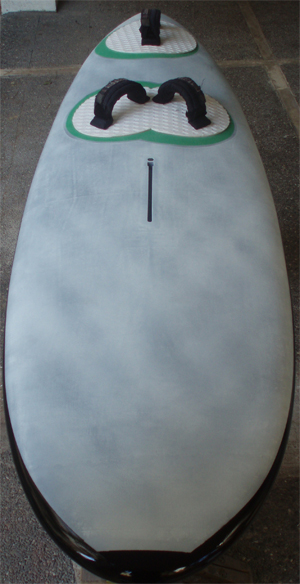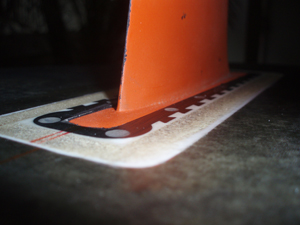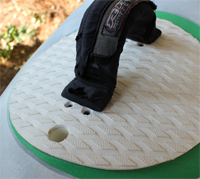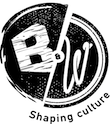 The lone act...
The lone act...
…is the most interesting and educating part of the process. Even a little lonesome. Personally, my only help were the amazing videos of Nelson Factory. They proved to be detailed enough to guide me and vague enough to force me to find my own answers to the many questions that arose.
You, aspiring shaper, as promised in the beginning of the article, I will not give extensive information for the construction process. If I did, I would deprive you of the joy of thinking, improvising, failing and finally overcoming the obstacles that will come up.
Aspiring shaper, if you are hesitating, I assure you I do not know if this project is worth trying but it is definitely worth accomplishing! The moment you push the front strap and the custom board accelerates onto the plane for the first time, is I believe magical. If you have already decided it, well done!
And good luck.
Glossary:
shape: the total shape of the board in the three dimensions. It is defined by the outline, the rocker line, the deck shape, the bottom shape and the rail shape. It determines the entire behaviour of the board.
shaper: anyone who constructs a board. Typically, it is he who gives it shape.
nose: the prow of the board. It can refer specifically to the edge or generally to the front part of the board.
tail: the astern. This too can refer to just the edge or the rear end of the board.
rail: the curved part which connects the edge of the bottom with the deck. Its shape plays an important role in curving and sailing.
 bottom: the hull. The part of the board that comes in contact with the water.
bottom: the hull. The part of the board that comes in contact with the water.
deck: the upper part of the board
center line: the imaginary line that connects the nose with the tail and defines the only plane of symmetry of the board
rockerline: the side face of the center line on the level of the bottom or the deck. Usually rocker refers to that of the bottom level.
outline: the shape of the circumferance of the board
extras: everything that can be added to the board: inserts, pads, footstraps, fin, anti-skid powder, protectors etc.
footpads: foamy material (usually EVA) which is placed in the area around the footstraps to mitigate the vibrations before they reach the rider's feet but also the opposite. Their thickness is crucial for the balance of the comfort and feeling of the board.
fin: It transforms part of the propelling power that the sail produces into lift and grants the board "traction" on the water.
inserts: plastic components which are placed inside the board, like the mast track box, the fin box and the footstrap plugs.
footstraps: fabric fasteners where the windsurfer's feet are placed, bringing him in direct and steady contact with the board.
mast track box: plastic component where the base joint is placed and secured.
 fin box: plastic component where the fin is placed and secured.
fin box: plastic component where the fin is placed and secured.
strap insert: plastic component in which the footstraps are screwed.
EPS: Expanded Poly Styrene. Expanded polystyrene also known as styrofoam
anti-skid powder: acrylic powder which is incorporated on the board's deck to prevent the surface from becoming slippery.
Page:
Previous > 0 > 1 > 2 > 3 > 4 > 5 > 6 > 7 > 8 > Next
www.boardsNwheels.gr > English version > How to > Buillding a custom windsurf board

